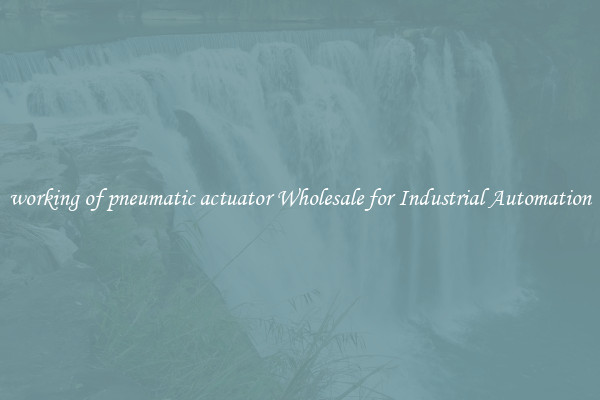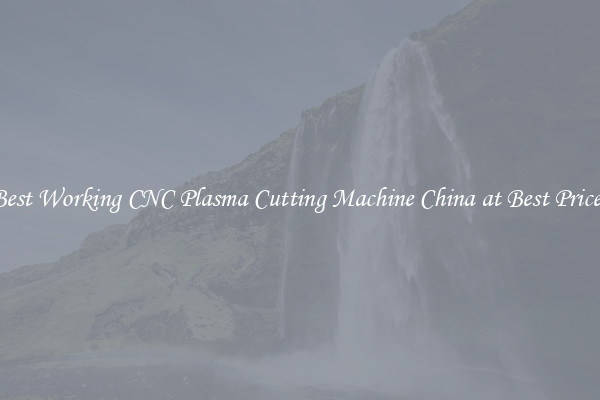working of pneumatic actuator Wholesale for Industrial Automation
Pneumatic actuators have emerged as essential components in industrial automation. These devices convert compressed air or gas into mechanical motion, enabling the automation of various industrial processes. They are widely used in industries such as manufacturing, chemical, oil and gas, and automotive, among others. Pneumatic actuators offer several advantages over other types of actuators, making them a popular choice in industrial settings.

The working principle of a pneumatic actuator wholesale for industrial automation is relatively simple. It utilizes compressed air or gas as a power source to generate linear or rotary motion. When compressed air or gas is supplied to the actuator, it exerts pressure on a piston or diaphragm, which transmits the force to the moving mechanism. This mechanism then converts the pressure into mechanical motion, leading to the desired movement.
Pneumatic actuators are classified into two main types based on the type of motion they generate: linear and rotary actuators. Linear actuators produce linear motion, either forward or backward, whereas rotary actuators generate rotational motion.
Linear pneumatic actuators consist of a cylinder, piston, and control valve. When the control valve is opened, compressed air or gas enters the cylinder, exerting pressure on the piston. This pressure propels the piston forward or backward, depending on the desired motion. The motion is transmitted to the external mechanism, enabling automation in various industrial processes such as material handling, assembly, and packaging.
Rotary pneumatic actuators, on the other hand, convert the linear motion of the piston into rotational motion. These actuators consist of a cylinder, piston, rack, pinion, and control valve. When compressed air or gas enters the cylinder, it pushes the piston, which in turn moves the rack. The rack engages with the pinion, causing it to rotate. This rotational motion is used to automate processes such as valve operation, conveyor belt control, and robotic arm movement.
One of the biggest advantages of pneumatic actuators is their ability to generate high forces and torque while maintaining precise control. They can exert considerable force, making them suitable for heavy-duty applications. Additionally, pneumatic actuators offer rapid response times, enabling quick and precise movements in industrial processes. Their simple design and ease of installation also contribute to their widespread use in industrial automation.
In conclusion, pneumatic actuators play a crucial role in industrial automation by converting compressed air or gas into mechanical motion. Their ability to generate high forces, provide precise control, and offer rapid response times make them ideal for a wide range of applications. Whether in linear or rotary form, pneumatic actuators prove to be reliable and efficient components in modern industrial automation systems.

View details

View details

View details

View details








